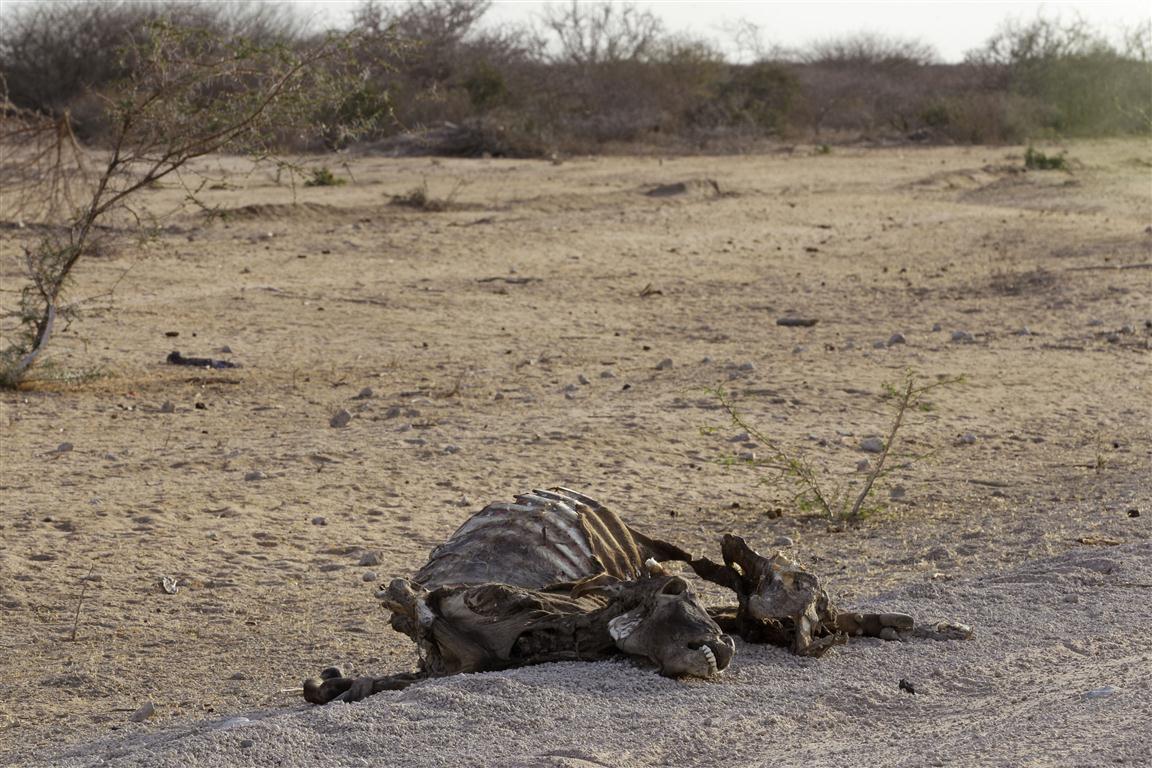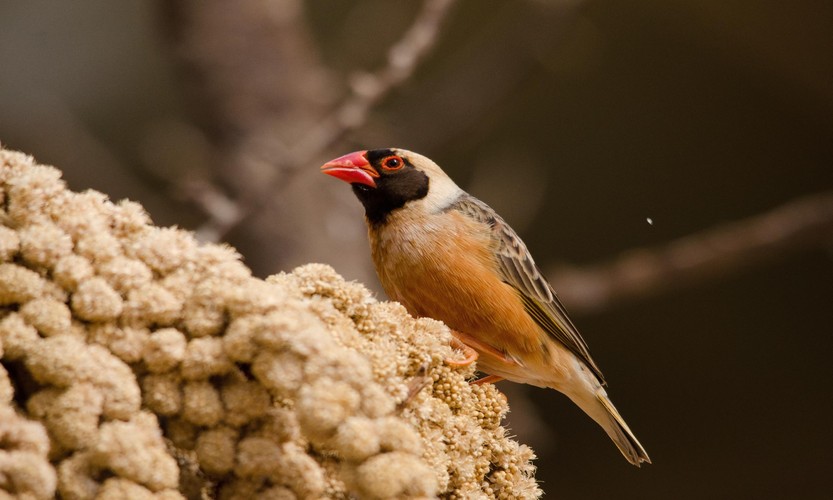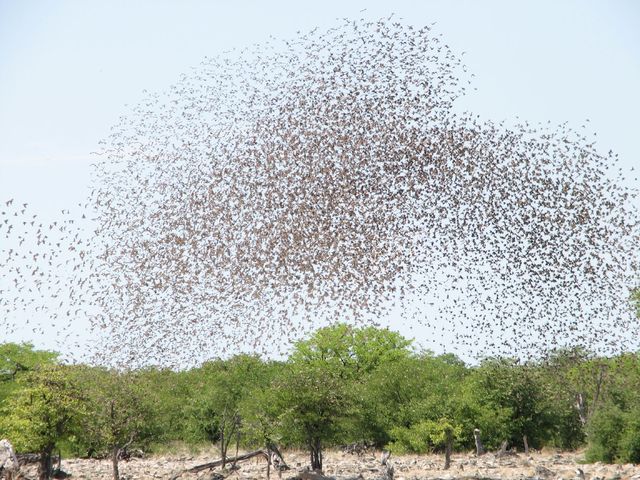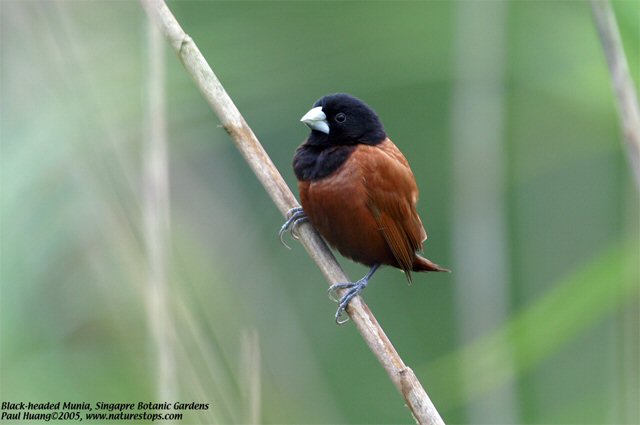According a blog post published by the Nature Society yesterday (May 12, 2015), at least two of the world's (estimated) 10 billion strong red-billed queleas have landed in our tiny red dot. One was believed to have been photographed at Punggol Barat last month. The species is known to be one of the most abundant and destructive birds in the world.
This is what it looks like:
I know, mildly cute, right? Wait till you read some of the quick facts about this pesky bird we've gleamed from here, here, here and here.
1. The red-billed quelea has induced famines in Africa
According to scientific research organisation CABI:
The red-billed quelea has a substantial economic impact as a result of crop damage throughout sub-Saharan Africa. The crop damage occasionally necessitates imports of food aid, such as the 5,081 tonnes imported into Tanzania in 1942 (Brooke, 1967), or leads to famine, such as in Ugogo-land, Dodoma, Tanzania in 1881 (Haylock, 1959; Brooke, 1967).
Wow, that's pretty bad. Sure, Singapore doesn't rely heavily on its agricultural industry for food, but I can think of several of our lovely ASEAN neighbours who do. Thailand and Indonesia, for example, are two of the world's largest exporters of rice.
2. A flock of 1 million birds can destroy up to 10 tonnes of grain in a day.
Again from CABI:
A single quelea can consume and/or destroy up to about 10g of grain in a day. When major invasions occur, crop damage can be as high as 50% of potential crop harvests and, locally, entire crops may be wiped out.
Hungrier than a recruit returning home after a week of field camp. As a result of this...
3. Queleas are one of the most abundant and destructive birds in the world, causing US$70 million damage to grain crops per annum.
US$70 million is S$93 million. Over 41 times Prime Minister Lee Hsien Loong's salary.
Which is safe to say, quite a sizable sum of money.
4. Queleas have developed a migratory strategy to ensure year-round feeding
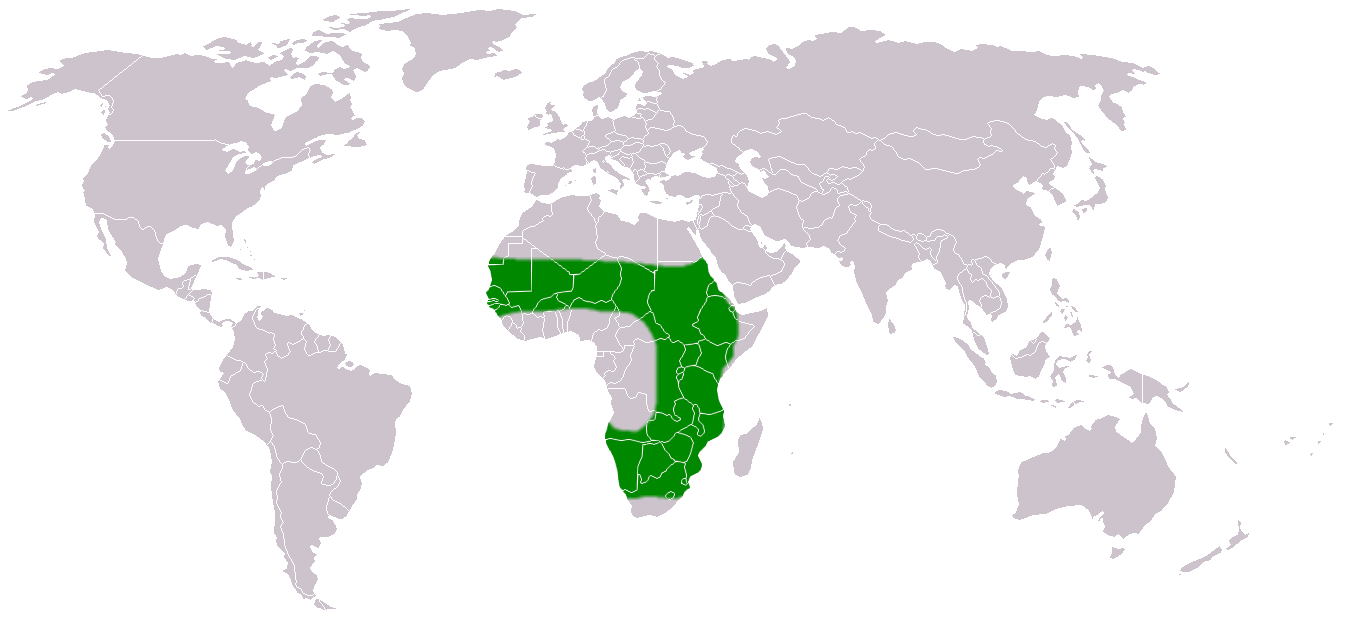 Africa, where the birds were initially from. Source
Africa, where the birds were initially from. Source
According to Australia's Department of Agriculture Fisheries and Forestry:
Queleas can move 48 to 64 km in a single day to feed and then return to their roost at night (Burton & Burton, 2002). Since preferred grass species are annuals, queleas have developed a migratory strategy to ensure year-round feeding. By eating intensively, queleas can gain sufficient weight to allow migration to new feeding areas.
These creatures have a serious case of #wanderlust, which means once they're done with Singapore, they could move on elsewhere.
Watch out, Malaysia.
5. They are known as 'feathered locusts'
Like clouds of locusts in the bible, the red-billed quelea has been known to appear in numbers so daunting that they can blacken the sky.
Unlike Singaporeans, they have no problems making babies. In fact, millions of these birds are slaughtered every year, but this doesn't stop them from multiplying.
6. If they manage to settle down here, Queleas can outcompete native birds
From Australia's Department of Agriculture Fisheries and Forestry:
In addition to economic impacts, it is reasonable to predict that queleas could compete with a number of native seed-feeding native animals.
Like this cute black-headed munia right here. Or other animals that feed on grass.
7. It is possible that the queleas here were released by devotees on Vesak Day.
From the Nature Society's blog post:
Every year birds and other invasive species are released in Singapore during religious festivities by some adherents as a gesture of compassion and to gain merit. Although it is frowned upon these days, it is still big business.
If you have family members or friends who intend to do so, do convince them not to release animals into the wild during Vesak Day, 1 June.
8. The bird photographed in Singapore is believed to be in its breeding plumage.
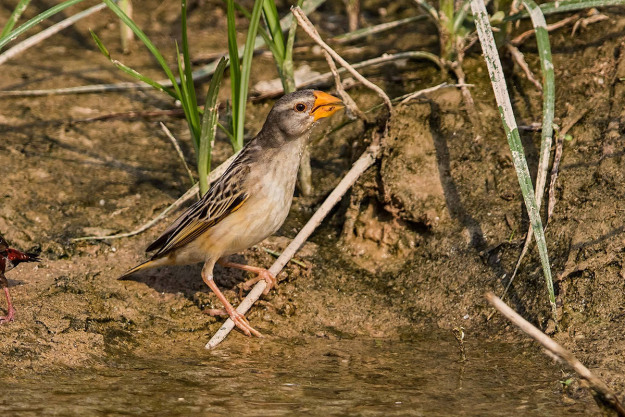 Source: Nature Society, photo by Johnson Chua
Source: Nature Society, photo by Johnson Chua
This is the bird spotted in Singapore. It is believed to be a female red-billed quelea in breeding plumage.
Which means it's looking to get laid.
Let's just hope she doesn't use Tinder.
Related articles:
Otter makes Bishan Park its new home, causes everybody to say ‘Awww’
8 non-native animal species that have made S’pore home
Top picture by Johnson Chua
If you like what you read, follow us on Facebook and Twitter to get the latest updates.
If you like what you read, follow us on Facebook, Instagram, Twitter and Telegram to get the latest updates.

